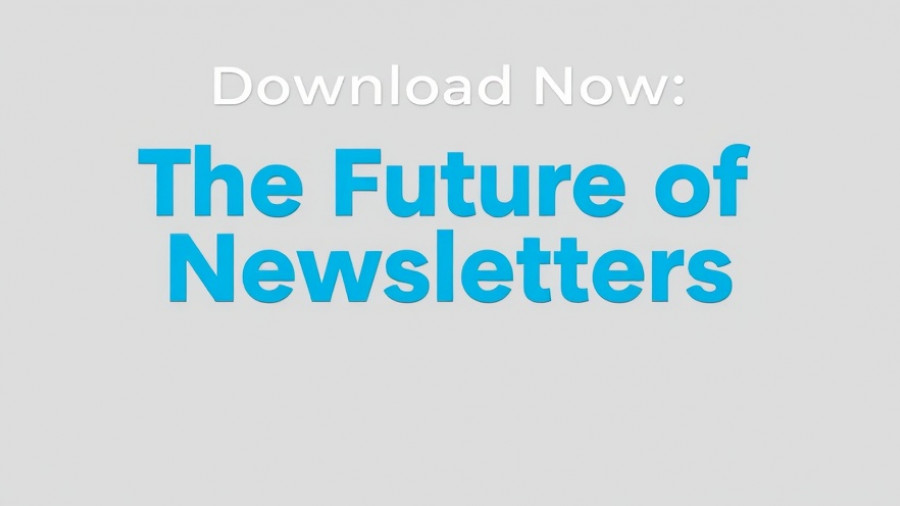
Understanding the Power of Optical Character Recognition (OCR)
Optical Character Recognition, or OCR, has become an essential tool for small and medium-sized businesses (SMBs) looking to streamline their operations. In its simplest form, OCR allows businesses to convert images containing text—such as scanned documents, receipts, or even photographs—into machine-readable and editable formats. As technology progresses, what started as rudimentary systems has now transformed into sophisticated models capable of recognizing not just printed text but also handwriting and multi-lingual documents.
The Evolution of OCR Technology
Historically, OCR technology relied heavily on manual processes such as binarization and template matching, which worked reasonably well for clean printed text. However, the advent of deep learning has revolutionized the landscape. Modern models, particularly those based on Neural Networks like Convolutional Neural Networks (CNN) and Recurrent Neural Networks (RNN), have reduced the need for manual feature extraction, making recognition more efficient.
How OCR Works: Key Components Explained
Every OCR system confronts three critical challenges when converting images to text:
- Detection: This step identifies the presence and location of text within an image. It needs to be robust enough to interpret various formats, including skewed layouts and cluttered scenes.
- Recognition: Once the text is detected, OCR systems convert these identified regions into characters or words. The performance of this stage hinges on dealing with issues like low resolution and varying font styles.
- Post-Processing: The final stage employs dictionaries or language models to rectify errors and maintain the integrity of structured formats like tables or columns.
The complexity intensifies when businesses venture into handwriting, specialty scripts beyond Latin alphabets, or when processing highly structured documents such as invoices or scientific papers.
Envisioning the Future of OCR with Advanced Technologies
Today’s OCR models have not only improved recognition capabilities but also extended their functionality. Technologies like Transformers, exemplified in Microsoft’s TrOCR, have successfully bridged the gap into handwriting recognition and support for multiple languages.
Furthermore, Vision-Language Models (VLMs) like Qwen2.5-VL and Llama 3.2 Vision integrate OCR with contextual reasoning. This evolution allows OCR technologies to not only read text but also interpret diagrams and encounter mixed media formats with greater accuracy.
Exploring the Top Open-Source OCR Models
For businesses keen on integrating OCR technology, various open-source models are available, each catering to different needs and functionalities:
- Tesseract: An LSTM-based model known for its maturity. Tesseract boasts support for over 100 languages and is widely adopted for bulk digitization of printed text.
- EasyOCR: Powered by PyTorch, this user-friendly model utilizes CNN and RNN techniques, enabling quick prototypes and supporting around 80 languages. It is an excellent choice for lightweight tasks.
- PaddleOCR: This model incorporates CNN and Transformer pipelines, excelling in structured multilingual documents, and is particularly robust when dealing with Chinese and English as well as table and formula extraction.
Why Investing in OCR Technology Can Benefit Your Business
For SMBs, utilizing OCR technology can significantly enhance operational efficiency. By automating data entry processes, companies can save time, reduce human error, and optimize resource allocation. Imagine the dramatic reduction in manual labor required for invoice processing or document management! With OCR, businesses gain the ability to convert extensive amounts of printed material into digital formats that are not only searchable but also editable.
Deciding on the Right OCR Solution for Your Needs
Selecting the right OCR model can feel overwhelming given the variety of options available. Businesses must consider factors such as the types of documents they handle, required language support, and whether they need capabilities like handwriting recognition. EasyOCR might be best for a small startup needing rapid document digitization, while Tesseract may be more suited for an established organization with diverse language demands.
Taking the Next Step with OCR in Your Business
Engaging with OCR technology is not just about upgrading tools; it's about transforming how your business operates. By harnessing OCR, your company can make significant strides in efficiency, accuracy, and productivity. If you're interested in exploring these innovations to advance your business's operational capabilities, why not dive into these tools today?
Seize the opportunity to enhance your business processes through the power of OCR technology. Consider exploring the models highlighted above, and take your operations to the next level!
 Add Row
Add Row  Add
Add 



Write A Comment